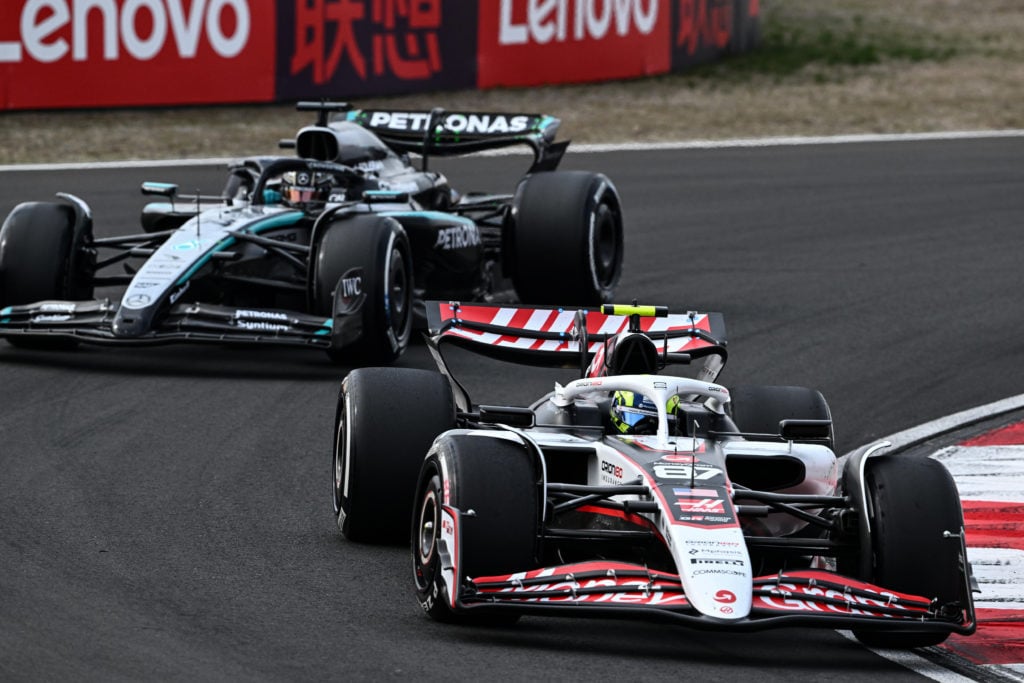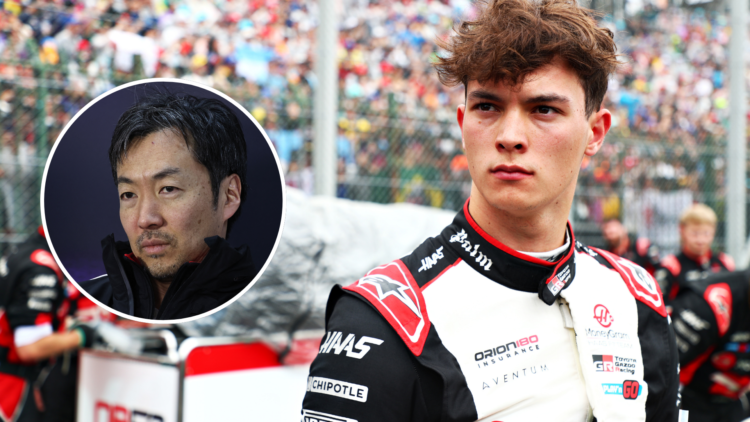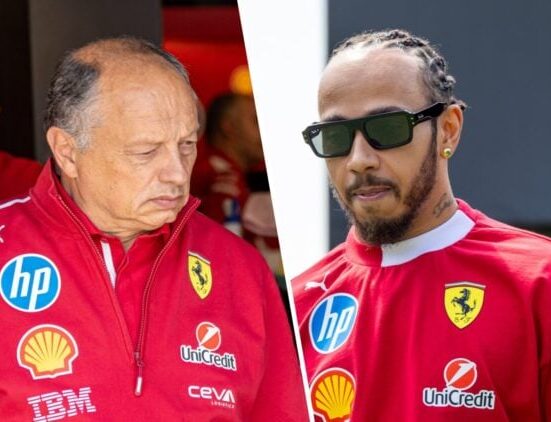It was a tricky start to life at Haas for Oliver Bearman at the season opener in Australia, having crashed twice in the build-up to the race.
Bearman suffered an early setback in FP1 when he crashed at the end of the session, which caused him to miss the whole of FP2. When the Haas mechanics got his car ready for FP3, he spun off again and was forced to miss the session.
With just 40 minutes of practice under his belt, Bearman qualified last having failed to set a lap time behind teammate Esteban Ocon.
Haas mainly focused on race runs and strategy operations in pre-season testing, having changed a lot of their trackside staff and driver engineers, including the first F1 female driver engineer in Laura Mueller for Ocon.
When they turned up to the first race in Australia, Haas discovered they had a fundamental problem with their car and have now fast-tracked a remedy for Japan. According to team principal Ayao Komatsu when speaking to The Race, the upgrade will either work as intended or be a ‘catastrophic’ failure.

Ayao Komatsu says Haas upgrade could lead to ‘catastrophic’ problems
The problem Haas has been dealing with is nothing new in F1 and is a key symptom of the current set of regulations. As teams chase even more downforce, it becomes more difficult to run the car lower without it stalling the floor.
This breeds mechanical instability in the corners, particularly at high speed, as the drivers think the car is moving around under them and are making corrections. This slows them down or in the case of Bearman, makes them crash as they deal with the instability.
For Japan they has fast-tracked an upgrade without verifying it in their simulators, instead relying on numbers from the wind tunnel which have proven to be problematic for teams in the past.
Komatsu believes the fix was necessary given where they were in Australia: “The scale of the issue in Melbourne was huge. We were the slowest car by country a mile. So we had to do it.”
Bearman and Ocon face a tough weekend in Suzuka, as they get to grips with the reformed VF-25 on what is a highly technical circuit and a track that features tyre attrition on similar levels to Barcelona and Silverstone.
“It’s all small differences,” said Komatsu. “But it can lead into possibly something catastrophic, or not.
“It’s quite nerve-racking. But that’s the honest feeling.”
- READ MORE: Who is 2025 Haas driver Oliver Bearman? Everything to know
Haas have already understood part of their problems with China result
One of the key weaknesses of Haas in recent seasons has been how their car lasts over the course of a race stint, with their tyre wear seemingly dropping off quicker than everyone else.
In China, both drivers achieved a top ten finish with Ocon promoted to fifth place following the disqualifications of Lewis Hamilton and Charles Leclerc, making them the highest-placed Ferrari-engined cars.
The race featured high tyre wear and required a lot of conservation early in the race to convert to a one-stop strategy. Only Racing Bulls completed a two-stop strategy, owning to their drivers getting carried away early in the race and pushing when they didn’t need to.
Haas bided their time and worked their way into the top 10 places, before reaping the rewards with an extra nine points when Pierre Gasly was also disqualified which promoted Bearman.
Suzuka is set to be another test for Bearman after his difficult start to 2025, but China has shown that he is more than capable of being a reliable points-scorer for the team in difficult circumstances.










Leave feedback about this